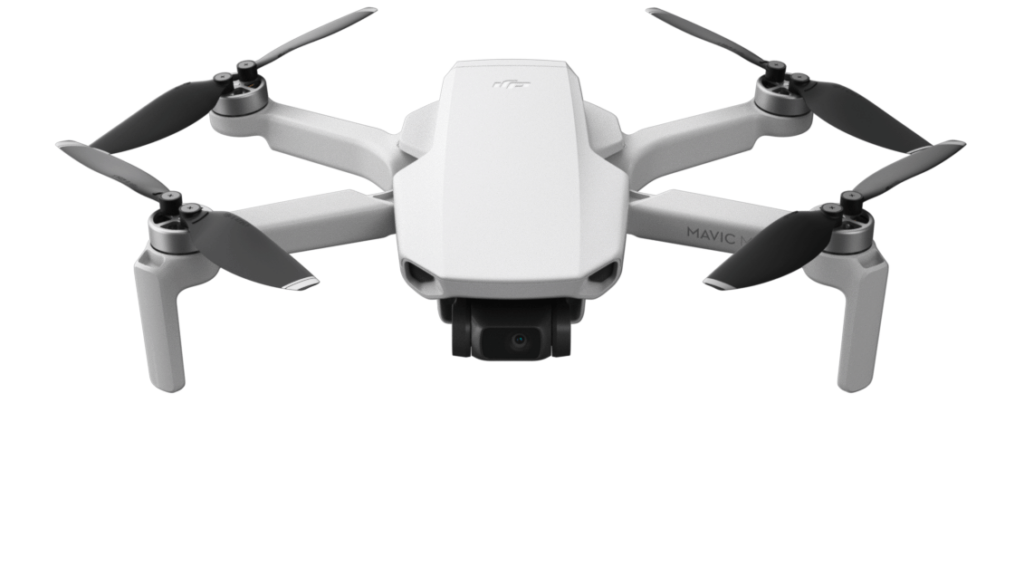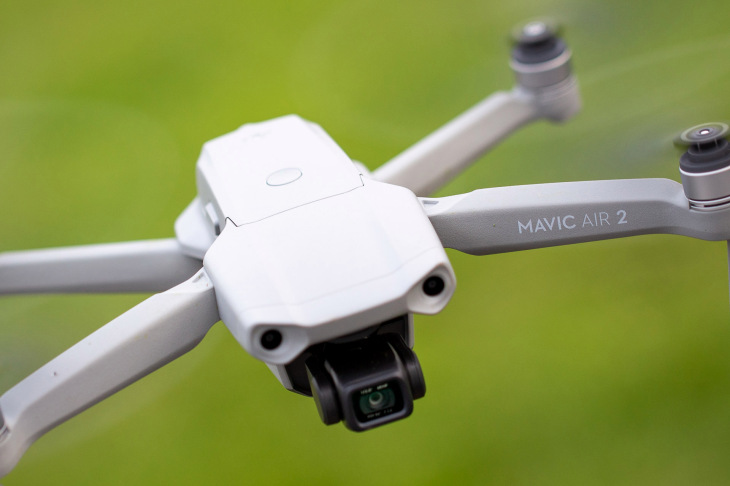DJI’s release of its folding RSC 2 gimbal, alongside the larger RS 2, which was built on the original Ronin SC. The new RSC 2 comes with impressive upgrades over the original Ronin SC, such as a lightweight gimbal that is stronger, smarter and more portable.
The major changes to the DJI RSC 2 include the following:
- Increased payload capacity
- A 360-degree 3D role mode
- An OLED display
- Smooth, smart tracking shots
- Impressive smartphone features
- Fast-charging batteries
- A foldable frame
The folding feature of the RSC 2 is clearly the most significant change with the gimbal, because when it is folded it makes low-to-the-ground shots possible, which is much more comfortable since there is no need to bend down low. Another benefit of the foldable frame is that the controls remain accessible, which makes it possible to adjust the tilt and pan of the gimbal without having to check where the controls are located.
Another new feature is a 1-inch OLED panel that makes the camera’s settings easier to locate. This makes it possible to adjust the axis’ rates, change how the wheel affects the camera, and calibrate the gimbal, etc. Some have found that while using the gimbal in direct sunlight is that the white text makes it more difficult to read. A brighter display or cover would be helpful.
DJI advertises the gimbal as having a maximum battery life of 14 hours. The USB-C quick charging makes it possible to just 15 minutes at the plug adds around two hours of battery life in a mere 15 minutes, which is ideal when extra juice is needed to finish a shoot.
The RSC 2 frame is sturdy, unlike the original Ronin SC that sometimes rattled when all the arms were locked. The gimbal is strong and sturdy because it is made from a combination of metal and plastic.
The gimbal arms are held in place and the camera’s mounting plate is made out of metal that consists of the larger Manfrotto style plate and a smaller one that mounts to the camera, which makes it much better when getting handheld shots.
The 360-degree 3D role mode allows for fully rotating the gimbal while performing any movement, which made it possible to create footage that mimics some of the most popular Hollywood movies with relative ease. It makes smooth, cinematic shots possible with an even more portable setup.
Some of the weaknesses are the following:
- Can be weighty for one-handed use
- Cables don’t support all cameras
- Accessories required for full functionality
The DJI Ronin app gets added support for the new gimbals and the RavenEye Image Transmission system. The app makes it possible to control the gimbal with a virtual joystick, create time lapses, tracking shots, and panoramas, control the gimbal with a gaming controller, and use one’s phone as a direct control to move the gimbal.
The app also makes it possible to calibrate and adjust all the gimbal parameters, which includes adjusting the three default modes that come programmed into the gimbal. However, the ActiveTrack 3.0 does not allow using a phone anymore. Instead the RavenEye Image Transmission system has to be used, which makes it easier to track objects though it does require purchasing an extra accessory.
Future
DJI’s release of its folding RSC 2 gimbal, alongside the larger RS 2, comes with numerous, impressive upgrades, such as a lightweight gimbal that is stronger, smarter and more portable with increased payload capacity, a 360-degree 3D role mode, an OLED display, smooth, smart tracking shots, impressive smartphone features, and fast-charging batteries.



